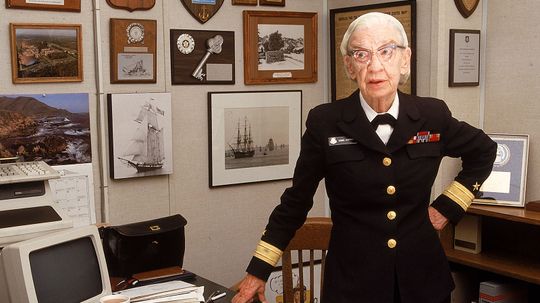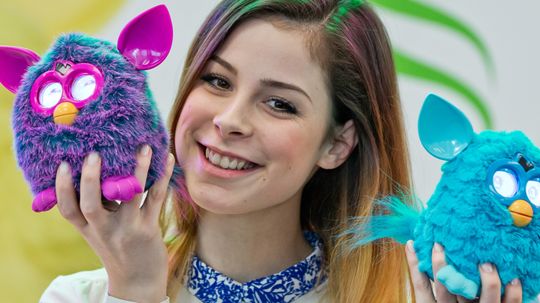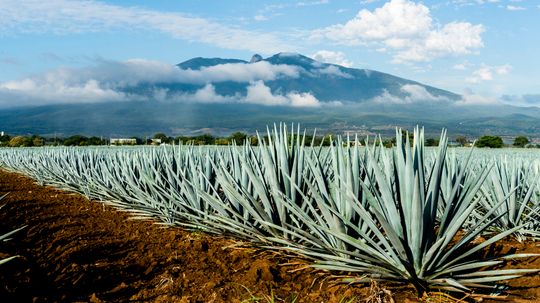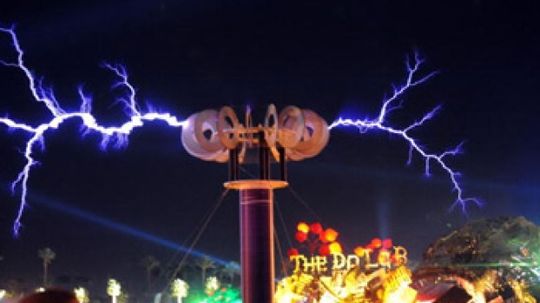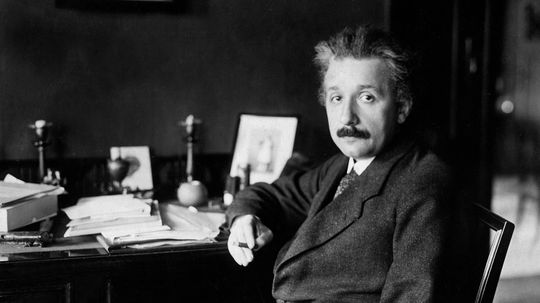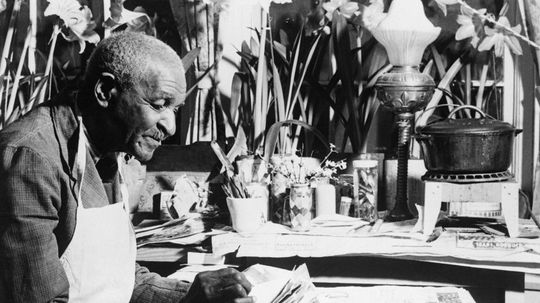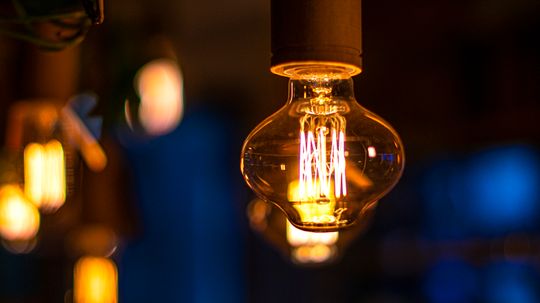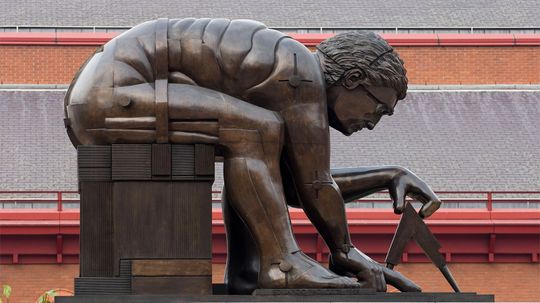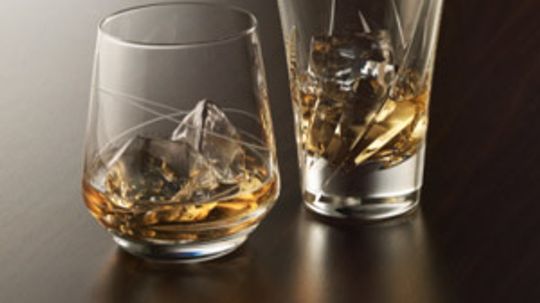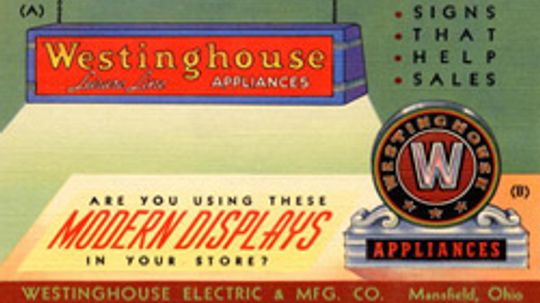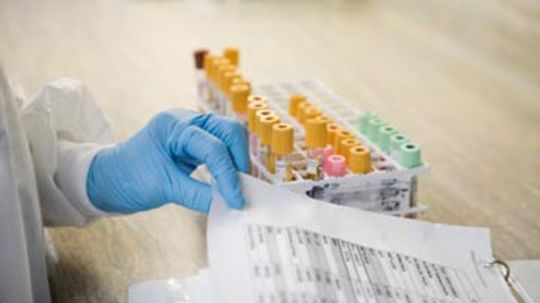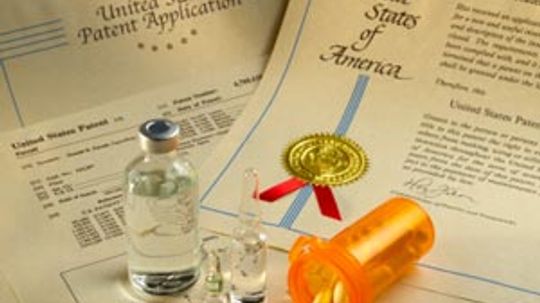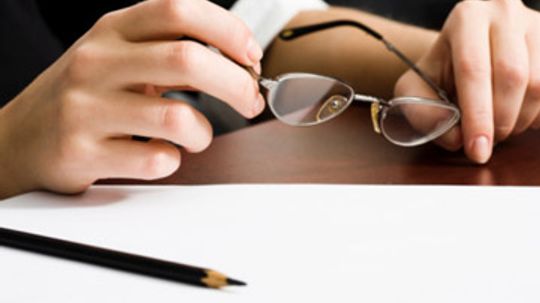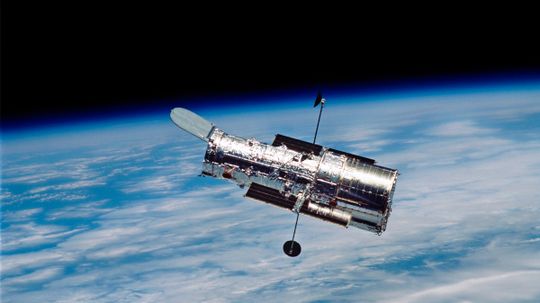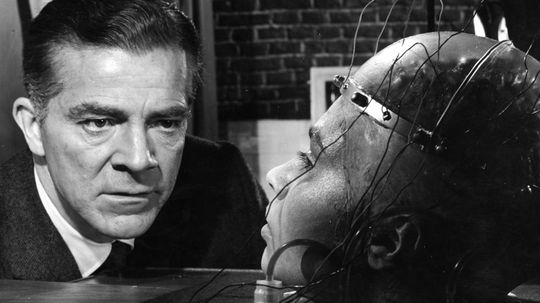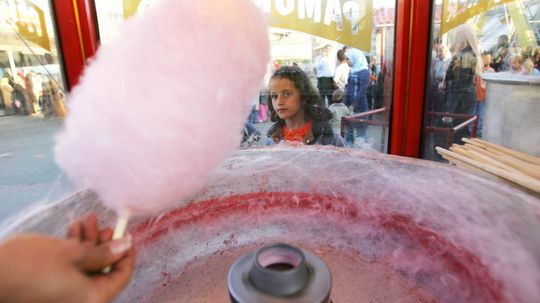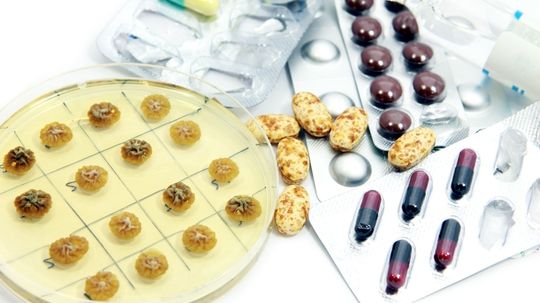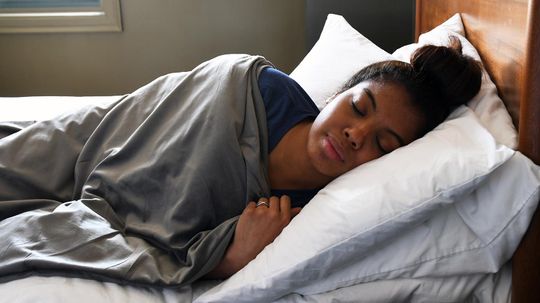Innovation
Do you know how common everyday items, such as mirrors, fireworks or sunglasses work? This collection of Innovation articles explores the workings of objects you may come into contact with on a regular basis.
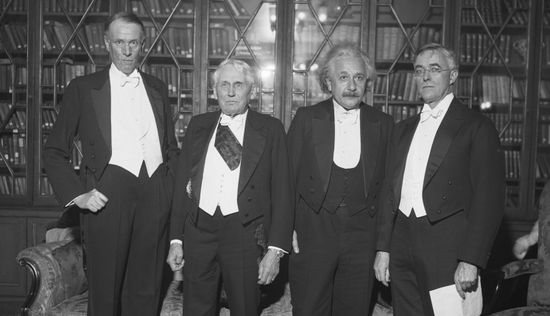
10 Nobel Laureates Whose Work Changed the World
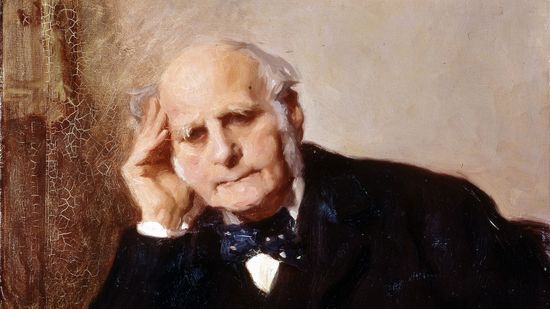
Eugenics Overshadows the Legacy of Scientific Genius Francis Galton
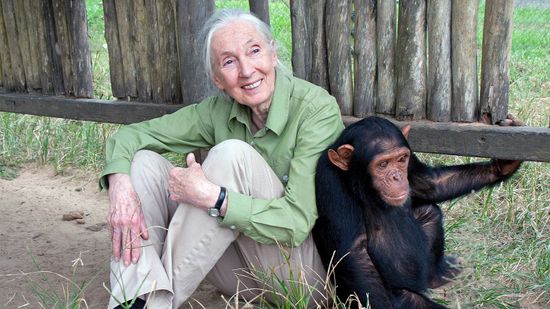
Jane Goodall: A Global Face for Global Peace
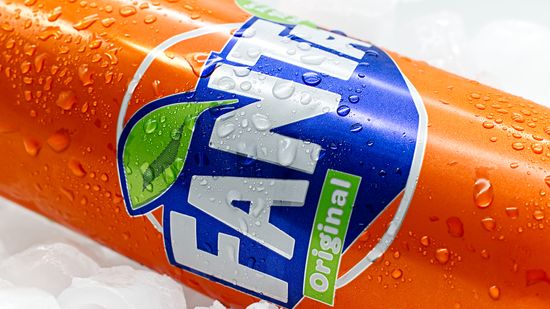
Who Made Fanta? Was It Really the Nazis' Favorite Soda?

'Mad Honey' Comes From Bees That Gather This Specific Nectar

Barrels and Barrels of Aged Beer

Who Invented the Toilet? A Brief History of the Flush
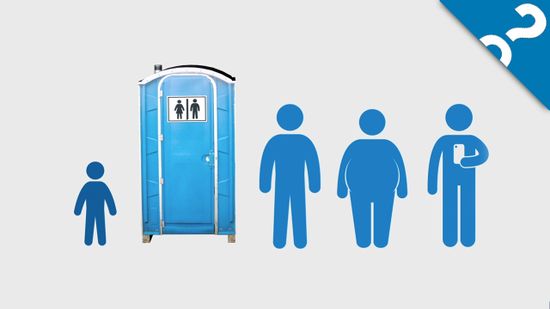
HowStuffWorks: How Porta Potties Work
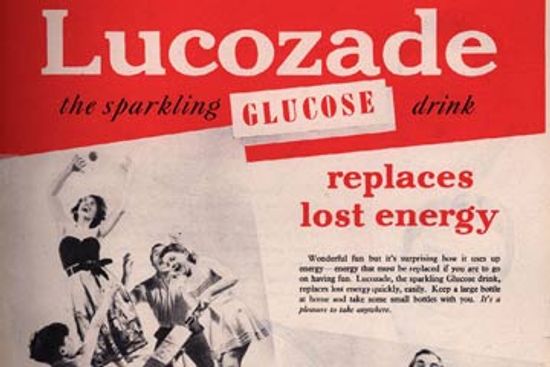
Who invented sports drinks?

Meet the Man Who Invented Cool Whip, Tang and Pop Rocks
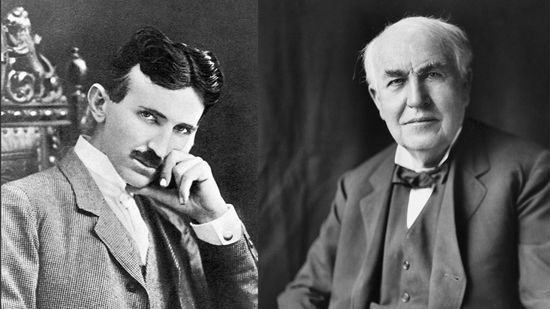
Thomas Edison vs. Nikola Tesla Quiz
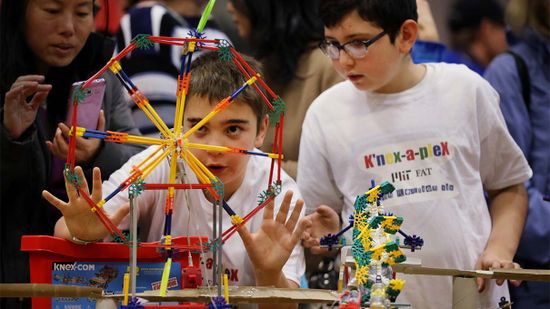
Rube Goldberg: The Man Behind the Ingenious Contraptions
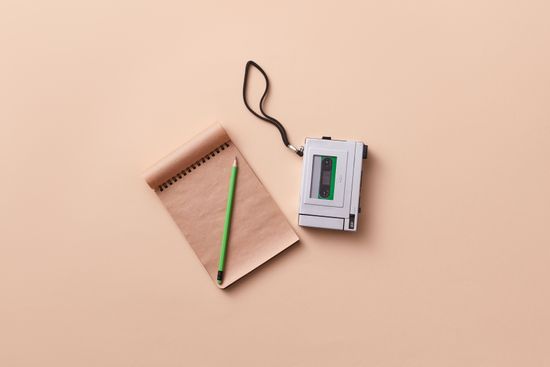
The Evolution of Dictaphones: A Comprehensive History

The Evolution of the Franklin Stove: From Invention to Modern Efficiency
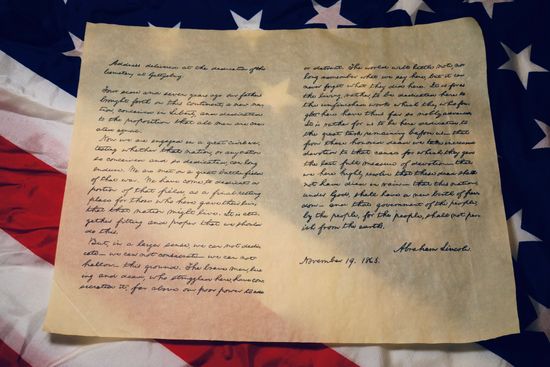
The Fascinating History of the Mimeograph Machine
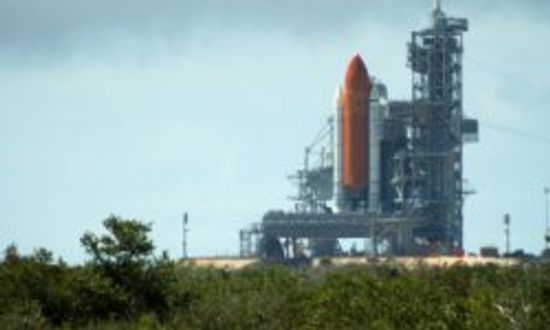
5 Green NASA Inventions
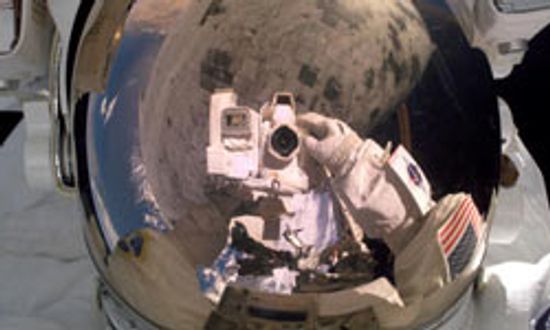
5 Types of NASA Technology in Your Attic
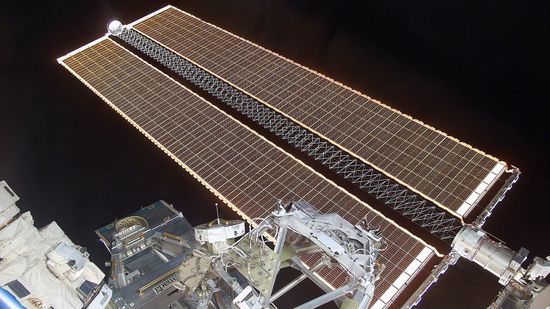
How Has NASA Improved Solar Energy?

How hard is the patent application process?

How to File a Patent
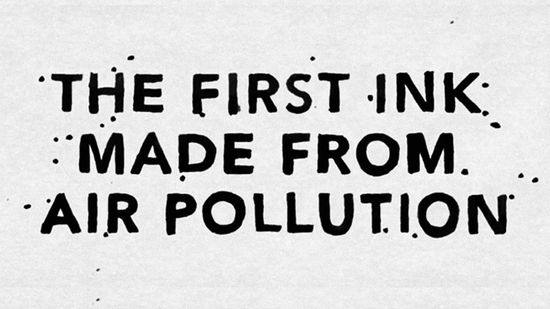
Turning Air Pollution Into Ink

10 New Uses for Old Inventions
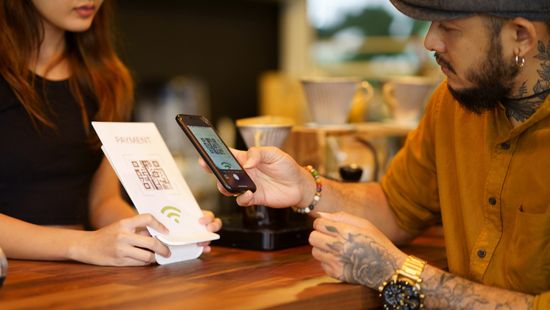
How Do QR Codes Work? 2D Barcodes Explained
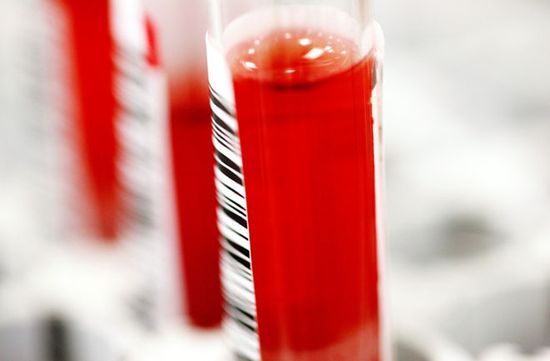
How can a bar code save your life?

Is it possible to fix a blown fuse with a chewing gum wrapper?
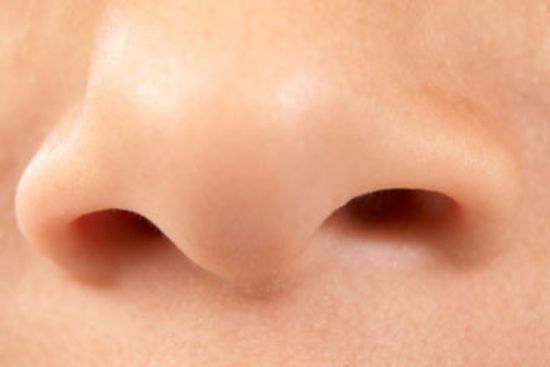
How do scratch-and-sniff stickers work?
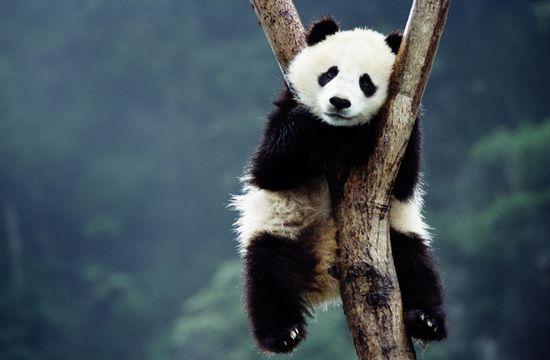
10 Oddball Questions Scientists Have Genuinely Tried to Answer
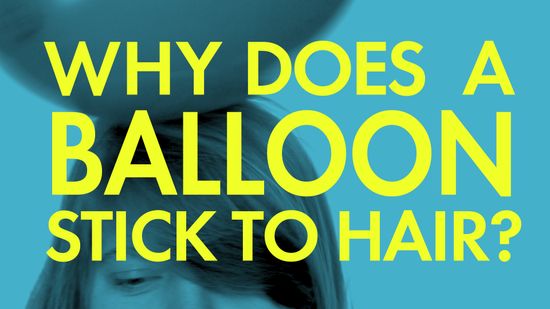
Why does a balloon stick to hair?
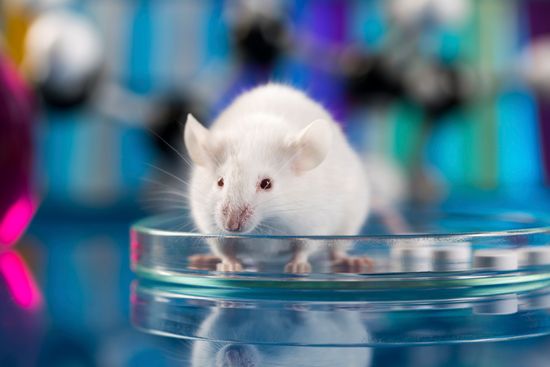
Why Do We Experiment on Mice?
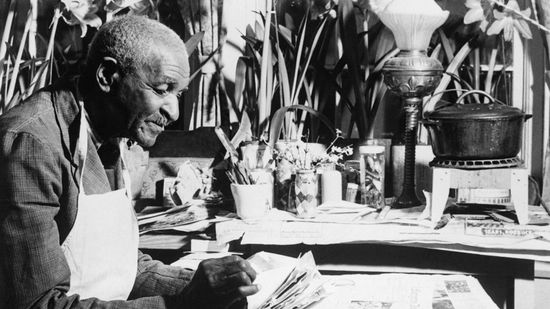
10 Black Scientists You Should Know
Learn More / Page 7
When asked to name a Black American inventor, many people might think of George Washington Carver and peanut butter. But this is actually a myth. There are hundreds of other unsung Black inventors who have shaped the world with their innovations.
By the end of the 20th century, female inventors held 10 percent of all patents, a disparity indicating the hurdles women faced in receiving credit for their ideas. The inventors on this list overcame those obstacles.
We've all seen TV ads for products that were just completely silly, but then became overnight sensations. Which ones made our list?
Advertisement
The Incan empire had a highly developed organizational system and a near limitless workforce that helped create a culture of wonders. So what are some of their inventions that we know about today?
The Aztecs, often associated with warfare and elaborate rituals, gave birth to a sophisticated system of government, remarkable artistic endeavors and a resilient language. Let's dive deeper into their remarkable contributions.
Well before becoming the 16th president of the United States, the young Abraham Lincoln was known for his interest in engineering and mechanics. What patent does Lincoln hold, and was his invention ever made?
Between running a print shop, engineering the U.S. postal system, and helping sow the seeds of the American Revolution, Benjamin Franklin also found time to draw up a vast collection of new devices. What are some of his most enduring inventions?
By John Fuller
Advertisement
Nikola Tesla was a pretty cool guy. Companies and rock bands have been named for him, and he pops up in Hollywood movies regularly. Not bad for one of history's greatest inventors. But what did he do to earn his fame? Here are some of Tesla's standout inventions.
Albert Einstein was one of history's greatest thinkers. Although he isn't really known as an inventor, his ideas formed the basis for some of the greatest inventions ever devised. Here are a few of the man's most revolutionary discoveries.
Few famous Americans enjoy a status as mythic as that of George Washington Carver, a man whose life as a botanist, agronomist, chemist and inventor earned him a lasting legacy. Carver's work is considered instrumental in changing Southern approaches to agriculture.
By Mark Boyer
With more than a thousand patents for inventions ranging from light bulbs to cement, Thomas Edison was one of the world's most prolific tinkerers. What did Edison dream up?
Advertisement
Almost 300 years after his death, Sir Isaac Newton remains one of the most influential thinkers in history. What are some of his most enduring inventions?
Many popular phrases have entered the American lexicon in a variety of ways, but few as quickly -- or as mysteriously -- as "the real McCoy." Was there a real McCoy? Where did this phrase come from, anyway?
You may not know who George Westinghouse is, but you know his name. It's adorned everything from televisions to light bulbs. Young science buffs may have entered the competition that once bore his name. Here are five of Westinghouse's inventions.
What were you doing at age 16? Blaise Pascal, a precocious 17th century French teenager, had already come up with his very own theorem. Some of Pascal's ideas even made it to the casino floor. How did this polymath affect your world?
Advertisement
Even though it's not even really an application, filing a provisional patent application can give you a head start as you begin the process of protecting your invention.
By Jane McGrath
You don't have to be Thomas Edison to come up with a valuable invention. But you do have to be savvy enough to protect that invention if you want to make the money that you deserve from it. In other words, you need a patent.
By Jane McGrath
The difference between a marketable invention and an unusual paperweight can come down to whether the inventor has received a patent on a prized idea. But getting a patent is a tricky business. It's helpful to have the assistance of someone who knows the ins and outs of the process. Enter the patent agent.
By Thomas Moore
You're convinced you have a great, marketable idea, but you're also aware someone could steal the idea if you don't have a patent. It's time to investigate the process of protecting your invention.
By Thomas Moore
Advertisement
The men and women of NASA are an ingenious bunch, and they're not just inventing amazing things for space. Which inventions have changed our lives here on Earth?
The occasional oddball research premise slips past the people who review government grant applications. What are some of the craziest instances of your tax dollars at work?
By Robert Lamb
Since the dawn of cartoons and comic books, kids have imagined themselves endowed with superpowers. What extraordinary abilities are scientists working to bring to you right now?
By Chris Jones
Cotton candy is a fluffy mass of sugary delight and a popular carnival treat that's been exciting children for more than a century. But how does cotton candy get its fine, downy texture?
Advertisement
You might argue we have scientists to thank for our own survival. What breakthroughs have kept the human race from dying out?
Researchers are constantly developing fabrics that can help keep you cool, whether you're working out or trying to get a good night's sleep. But how do they work, and which are the best ones?

